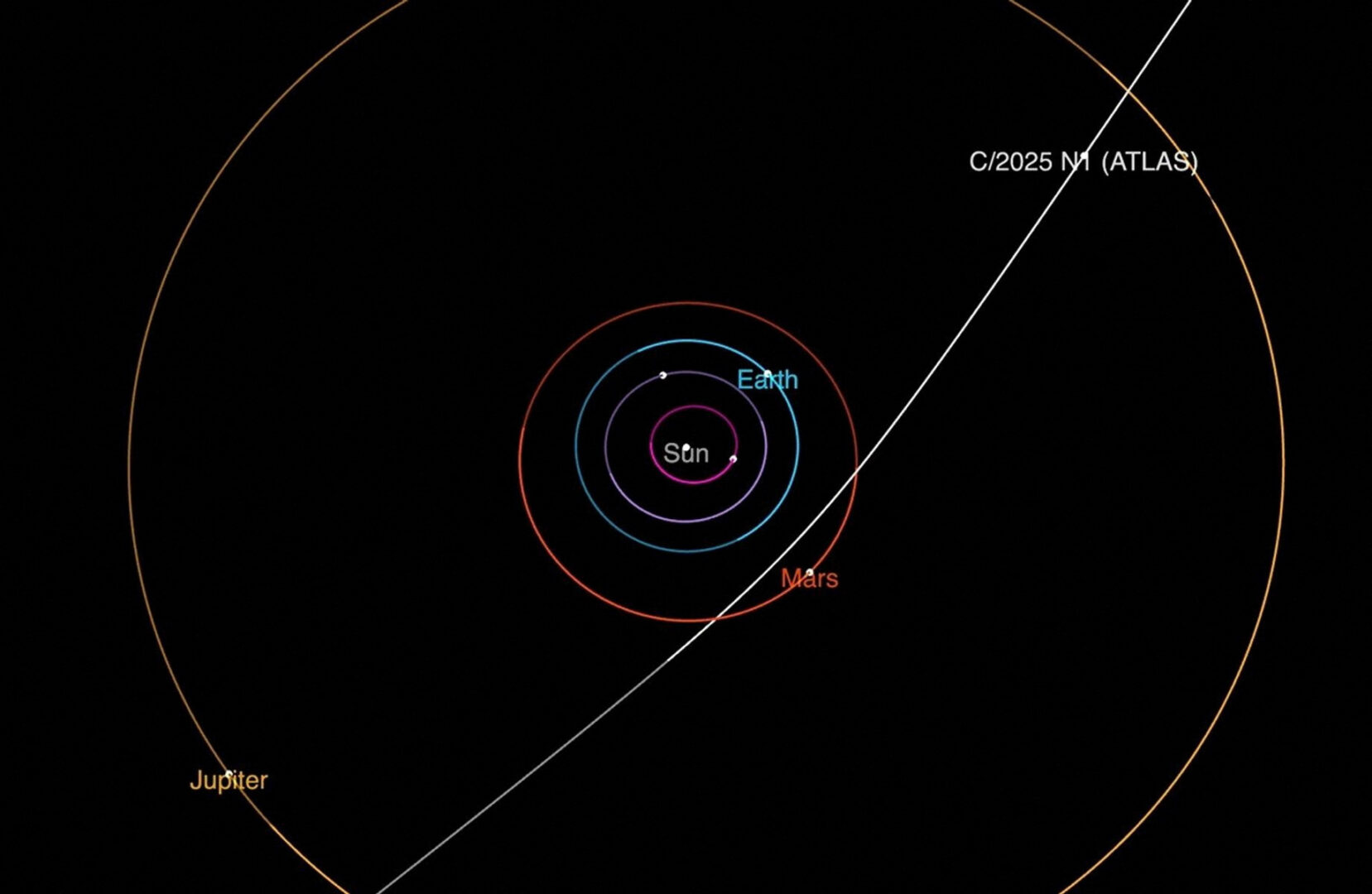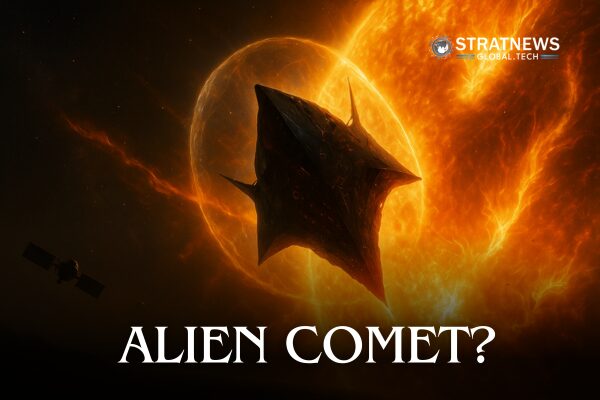New Interstellar Object 3I/ATLAS Sparks Debate Over Alien Origins
Astronomers are closely tracking a newly discovered object—likely a comet—believed to have entered the solar system from deep space. Named 3I/ATLAS, this is only the third known interstellar object to pass through Earth’s celestial neighbourhood.

The object was first spotted on July 1 by an ATLAS (Asteroid Terrestrial-impact Last Alert System) telescope in Rio Hurtado, Chile. Managed by NASA and operated by the University of Hawaii, the ATLAS network is designed to scan the night sky for near-Earth threats.
3I/ATLAS is moving at a remarkable speed of 37 miles (60 kilometres) per second, or roughly 133,000 miles per hour, and is currently about 264 million miles (425 million kilometres) from Earth. It will make its closest approach to the sun on 30 October, reaching within 130 million miles (210 million kilometres), but poses no threat to Earth. Its closest distance to our planet will remain more than 150 million miles away—over one and a half times the distance from Earth to the sun.
A Possible Alien Probe?
The object’s highly unusual trajectory has fuelled speculation. Harvard astrophysicist Avi Loeb, known for his unconventional theories, has proposed a bold possibility: that 3I/ATLAS may not be a natural object, but rather an alien probe on a reconnaissance mission.
In an academic paper co-authored with two researchers, titled “Is the interstellar object 3I/ATLAS alien technology?”, Loeb argues that its motion warrants further investigation. “The unusual trajectory of this object offers the possibility that it might have been designed for a reconnaissance mission,” Loeb told Reuters.
While Loeb acknowledges the object could be a comet, he insists it’s important not to dismiss more extraordinary explanations prematurely. “We need more data before ruling anything out,” he said.
Scientific Community Divided
Other astronomers have pushed back against Loeb’s claims. Karen Meech, a planetary astronomer at the University of Hawaii’s Institute for Astronomy, criticised the theory as “irresponsible science.” She maintains that 3I/ATLAS is behaving like a standard comet and believes its path through the solar system is a coincidence.
Nonetheless, the debate reflects growing interest in interstellar visitors, which are extremely rare. Only two such objects have been confirmed before: 1I/’Oumuamua in 2017 and 2I/Borisov in 2019. Each stirred scientific excitement and, in some cases, speculation about their origins.
Future Discoveries on the Horizon
Astronomers expect the frequency of interstellar object detections to rise. The recently launched Vera C. Rubin Observatory in Chile, equipped with the world’s largest digital camera, is expected to revolutionise the search. By scanning the skies with unprecedented detail, it may reveal more objects from outside the solar system in the coming years.
As 3I/ATLAS continues its journey through the solar system, scientists remain divided over what it is—and what it may represent.
with inputs from Reuters


